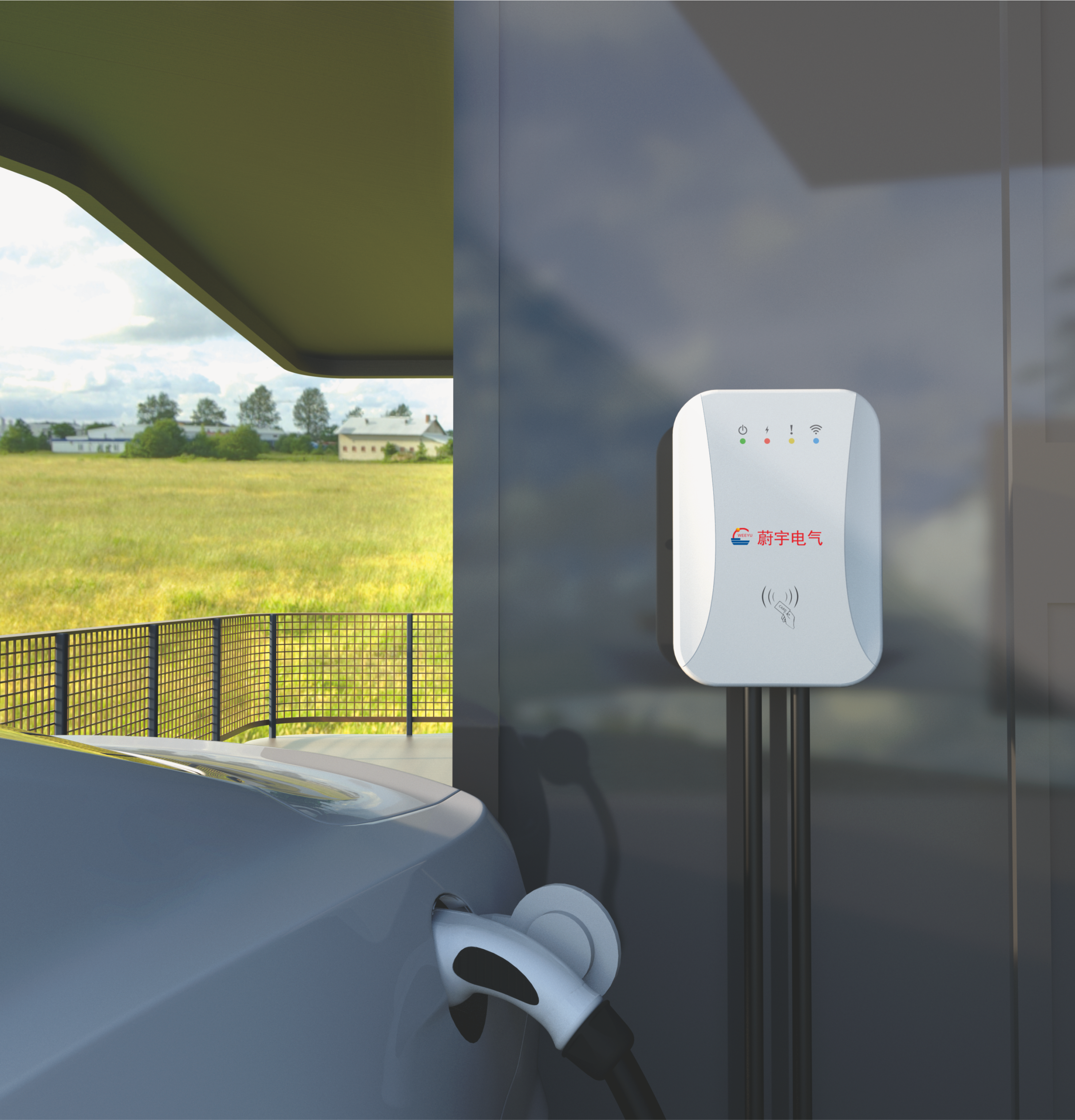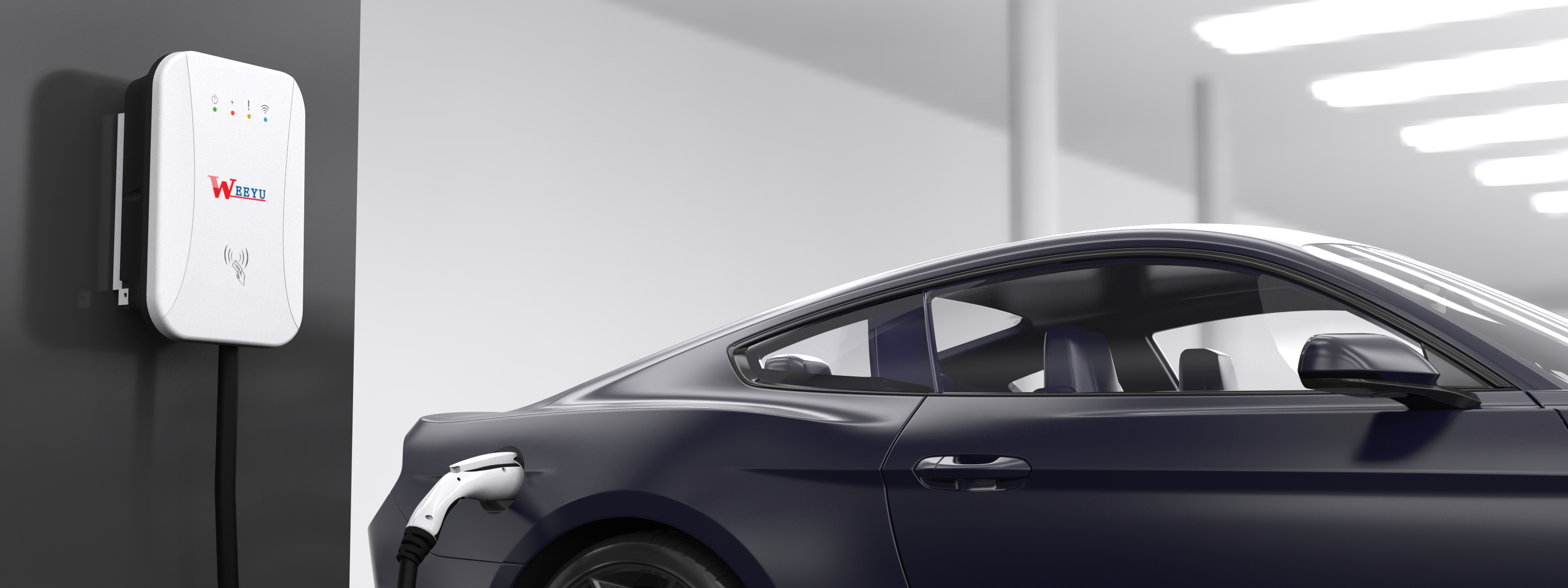Introduction
As the world moves towards a cleaner, greener future, the popularity of electric vehicles (EVs) is growing at an unprecedented rate. In order to meet the increasing demand for EVs, a robust charging infrastructure is necessary. This has led to the growth of EV charger manufacturers and suppliers around the world.
One of the most critical aspects of operating an EV charging station is the maintenance of the charging equipment. Regular maintenance ensures that the chargers are operating at peak efficiency, reducing the risk of downtime and preventing costly repairs. In this article, we will discuss the cost of maintaining EV chargers and the factors that affect maintenance costs.
EV Charger Maintenance Costs
The cost of maintaining an EV charger depends on several factors, including the type of charger, the complexity of the charging system, the number of charging stations, and the frequency of use. Here, we will explore each of these factors in detail.
Type of Charger
The type of charger plays a significant role in determining the maintenance cost. There are three types of EV chargers: Level 1, Level 2, and DC Fast Charging (DCFC).
Level 1 chargers are the most basic type of charger, and they are designed to be used with a standard 120-volt household outlet. Level 1 chargers are typically used for overnight charging of electric cars and have a maximum charging rate of 1.4 kilowatts. The maintenance cost of a Level 1 charger is low, as there are no moving parts to wear out or break.
Level 2 chargers are more powerful than Level 1 chargers, with a maximum charging rate of 7.2 kilowatts. They require a 240-volt outlet and are typically used in commercial and public charging stations. The maintenance cost of a Level 2 charger is higher than that of a Level 1 charger, as there are more components involved, such as the charging cable and connector.
DC Fast Charging (DCFC) stations are the most powerful EV chargers, with a maximum charging rate of up to 350 kilowatts. They are typically found at highway rest areas and other locations where fast charging is necessary. The maintenance cost of a DCFC station is significantly higher than that of a Level 1 or Level 2 charger, as there are many more components involved, including high-voltage components and cooling systems.
Complexity of the Charging System
The complexity of the charging system is another factor that affects the maintenance cost. Simple charging systems, such as those found in Level 1 chargers, are easy to maintain and have low maintenance costs. However, more complex charging systems, such as those found in DCFC stations, require regular maintenance and have higher maintenance costs.
For example, DCFC stations have complex cooling systems that require regular maintenance to ensure that the chargers operate at peak efficiency. In addition, DCFC stations require regular inspections and testing to ensure that the high-voltage components are functioning correctly.
Number of Charging Stations
The number of charging stations also affects the maintenance cost. A single charging station has lower maintenance costs than a charging network with multiple stations. This is because a network of charging stations requires more maintenance and monitoring to ensure that all the stations are functioning correctly.
Frequency of Use
The frequency of use is another factor that affects the maintenance cost. Charging stations that are used frequently require more maintenance than those that are used infrequently. This is because the components in the charging station wear out faster with frequent use.
For example, a Level 2 charger that is used multiple times per day may require more frequent cable and connector replacements than a charger that is used once per day.
Maintenance Tasks for EV Chargers
The maintenance tasks required for EV chargers depend on the type of charger and the complexity of the charging system. Here are some common maintenance tasks for EV chargers:
Visual Inspection
Regular visual inspections are essential to identify any visible damage or wear to the charging station components. This includes checking the charging cables, connectors, and the charging station housing.
Cleaning
Charging stations should be regularly cleaned to ensure that they operate efficiently. This includes cleaning the charging cables, connectors, and the charging station housing. Dirt and debris can interfere with the charging process, reducing the charging speed and efficiency.
Cable and Connector Replacement
Cables and connectors are subject to wear and tear and may need to be replaced periodically. This is particularly true for Level 2 chargers and DCFC stations, which have more complex charging systems. Regular inspections can help identify worn or damaged cables and connectors that need replacement.
Testing and Calibration
EV chargers require regular testing and calibration to ensure that they are operating correctly. This includes testing the charging speed and efficiency, checking for any fault codes, and calibrating the charging station components as needed.
Software Updates
EV chargers have software that requires regular updates to ensure that they are operating correctly. This includes updating the firmware, software drivers, and the charging station management software.
Preventative Maintenance
Preventative maintenance involves performing regular maintenance tasks to prevent equipment breakdowns and prolong the life of the charging station. This includes replacing worn or damaged components, cleaning the charging station, and testing the charging speed and efficiency.
Factors Affecting Maintenance Costs
In addition to the type of charger, complexity of the charging system, number of charging stations, and frequency of use, there are other factors that affect the maintenance costs of EV chargers. These include:
Warranty
The warranty offered by the charger manufacturer can have an impact on the maintenance cost. Chargers that are under warranty may have lower maintenance costs as some components may be covered under the warranty.
Age of the Charger
Older chargers may require more maintenance than newer chargers. This is because older chargers may have more wear and tear on the components, and replacement parts may be harder to find.
Location of the Charger
The location of the charging station can also affect the maintenance cost. Chargers located in harsh environments, such as coastal areas or areas with extreme temperatures, may require more maintenance than those located in milder environments.
Maintenance Provider
The maintenance provider chosen can also affect the maintenance cost. Different providers offer different maintenance packages, and the cost can vary significantly depending on the level of service provided.
Conclusion
In conclusion, the cost of maintaining EV chargers depends on several factors, including the type of charger, complexity of the charging system, number of charging stations, and frequency of use. Regular maintenance is essential to ensure that the charging stations operate at peak efficiency and reduce the risk of downtime and costly repairs. While the maintenance cost can vary depending on the factors discussed above, preventative maintenance can help reduce the overall maintenance costs and prolong the life of the charging stations. By understanding the maintenance costs and factors affecting these costs, EV charger operators can ensure that their charging stations operate efficiently and cost-effectively, supporting the growing demand for electric vehicles.
Post time: Mar-14-2023



